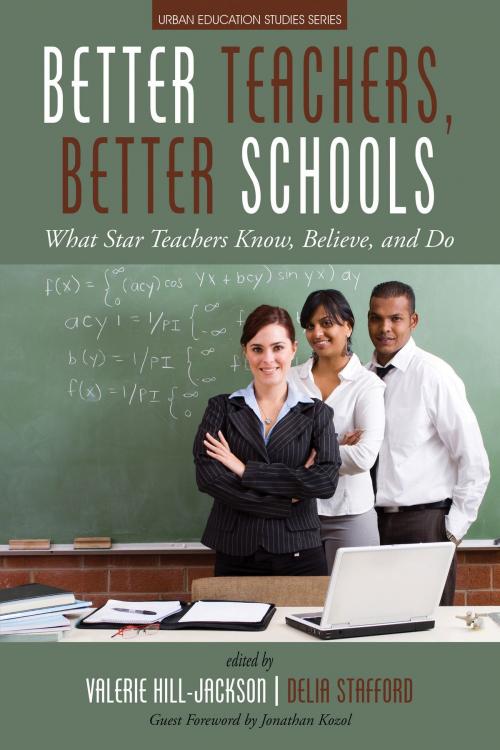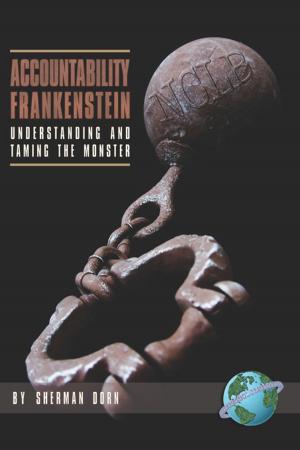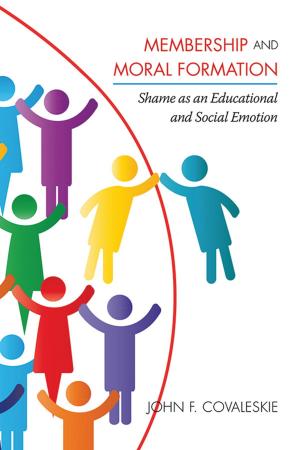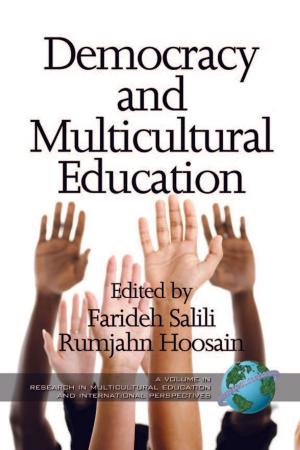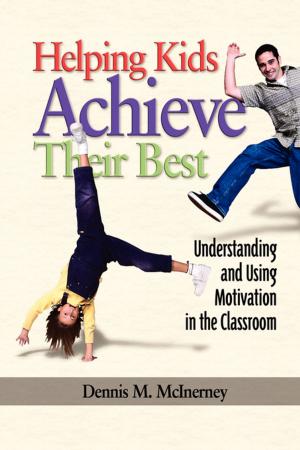Better Teachers, Better Schools
What Star Teachers Know, Believe, and Do
Nonfiction, Reference & Language, Education & Teaching, Educational Theory, Educational Reform, Administration, Teaching, Teaching Methods| Author: | ISBN: | 9781681237176 | |
| Publisher: | Information Age Publishing | Publication: | February 1, 2017 |
| Imprint: | Information Age Publishing | Language: | English |
| Author: | |
| ISBN: | 9781681237176 |
| Publisher: | Information Age Publishing |
| Publication: | February 1, 2017 |
| Imprint: | Information Age Publishing |
| Language: | English |
We all know teachers who, in the face of insurmountable district and school level challenges, inspire underserved students to succeed. These teachers are more than good ? they are ‘stars’. Haberman maintains that school districts still gamble when selecting teachers as an overwhelming number are not stars and are unprepared or underprepared to work effectively with marginalized students. Haberman explains that teacher selection is more important than teacher training. The ability to identify educators with the necessary social justice or relational characteristics may lead to an increase in academic achievement among learners as well as lower teacher attrition. Consequently, all those who are interested in building America’s teaching force with stars including human resource managers for K?12 school districts, administrators, teachers, teacher advocates, teacher education faculty and graduate students ? will benefit from this book. Better Teachers, Better Schools is a must read for two main reasons. First, the achievement gap between 16 million children in poverty and their mainstream counterparts is continuing to become even wider. Many urban students are constantly subjected to educational barriers, which limits their future opportunities. These learners deserve teachers that know more than content, but who can build relationships in order to leverage learning with greater outcomes. Second, Haberman was one of the most prolific producers of teachers to date. He reminds us that quality school systems, built on the back of quality teachers, benefit our society. Better Teachers, Better Schools offers a refreshing take on what it means to be a star teacher by sharing some of Haberman’s most requested writings as well as new narratives and research that corroborate his star theory. The contributions in this volume give us a window into Haberman’s seven relational dispositions of star teachers; or teachers’ ideology put into behavior. Also, each chapter contains learning outcomes and reflection questions for discussion.
We all know teachers who, in the face of insurmountable district and school level challenges, inspire underserved students to succeed. These teachers are more than good ? they are ‘stars’. Haberman maintains that school districts still gamble when selecting teachers as an overwhelming number are not stars and are unprepared or underprepared to work effectively with marginalized students. Haberman explains that teacher selection is more important than teacher training. The ability to identify educators with the necessary social justice or relational characteristics may lead to an increase in academic achievement among learners as well as lower teacher attrition. Consequently, all those who are interested in building America’s teaching force with stars including human resource managers for K?12 school districts, administrators, teachers, teacher advocates, teacher education faculty and graduate students ? will benefit from this book. Better Teachers, Better Schools is a must read for two main reasons. First, the achievement gap between 16 million children in poverty and their mainstream counterparts is continuing to become even wider. Many urban students are constantly subjected to educational barriers, which limits their future opportunities. These learners deserve teachers that know more than content, but who can build relationships in order to leverage learning with greater outcomes. Second, Haberman was one of the most prolific producers of teachers to date. He reminds us that quality school systems, built on the back of quality teachers, benefit our society. Better Teachers, Better Schools offers a refreshing take on what it means to be a star teacher by sharing some of Haberman’s most requested writings as well as new narratives and research that corroborate his star theory. The contributions in this volume give us a window into Haberman’s seven relational dispositions of star teachers; or teachers’ ideology put into behavior. Also, each chapter contains learning outcomes and reflection questions for discussion.
